In this article we will be discussing the question: "how many lumens do i need projector".
It's really tough to predict how much you'll need for your room, but higher quality projectors typically have around 3000 lumens of brightness and more.
Image source: https://www.homedepot.com/
For example, the BenQ HT3050U has a UHD (3840x2160) native resolution, 3000 ANSI lumens of brightness, a 1.3x zoom lens and a 2000:1 contrast ratio.
Image source: https://www.croma.com/
If you need more brightness, 5000 lumens or above is a good rule of thumb (for comparison, many LED lights are now at 2000-5000 lumens).
Image source: https://www.dell.com/
Some projectors have built in lens shift and zoom, which not only brightens the image but can help with lens distortion too.
Image source: https://na.panasonic.com/
An alternative option is to use video projection instead of a projector. Many people prefer video projection as it's cheaper to purchase and setup than a set of projectors and also
Image source: https://epson.com/
works great for presentations at work. However, if you need the ability to view different angles on the samescreen then a projector is still better due to wider viewing angles.
Image source: https://www.walmart.com/
If you're looking to buy a projector, there are some very important considerations you need to make. Here is the guide that will help you figure out what size projector you'll need before buying one of the best projectors for your home or office.
Image source: https://www.ebay.com/
-Lumens: Lumens are the measure of brightness and life in a product. Projectors typically don't use lumens as their main measurement, but it can be helpful when comparing two models side by side in terms of brightness output.
Image source: https://www.amazon.com/
-Aspect Ratio: The number next to each aspect ratio tell you how wide the screen will be on a projector compared to its length, with 16:9 being considered normal and 4:3 being considered narrow.
Image source: https://www.lg.com/
-Display Technology: There are several different types of display technology to choose from, as well as manufacturers that have their own unique technologies. Make sure you understand which technology is being used before you buy your projector.
Image source: https://www.optoma.com/
-Throw Ratio: This is the ratio of the distance from the projector lens to its focal point and the distance from your screen to its focal point. The higher this number is, the more detail you'll get out of your projected image. Generally speaking, most home theater projectors have a throw ratio of 1.6 – 2.6:1, though some business projectors have a ratio of 4:1 or even higher.
Image source: https://justinrange.com/
-Throw Ratio: This is the ratio of the distance from the projector lens to its focal point and the distance from your screen to its focal point. The higher this number is, the more detail you'll get out of your projected image. Generally speaking, most home theater projectors have a throw ratio of 1.6 – 2.6:1, though some business projectors have a ratio of 4:1 or even higher.
Image source: https://www.croma.com/
-Image Size: The smaller the image size listed next to your projector's name is, the larger being projected onto your screen will be. The larger the image size will be, the smaller your projected image will be.
Image source: https://www.homedepot.com/
-Dot Pitch: The high accuracy and details in an image is directly correlated to the size of each individual dot on the screen. If a projector lists a dot pitch of .12mm, it means each dot will be .12mm in size, which is big. If it's listed at .20mm, each pin will be about half as big or have double the detail.
Image source: https://www.dell.com/
-Resolution: Typically listed next to your projector's name, this number indicates how many pixels from a given point are used to make up your projected image.
Image source: https://www.walmart.com/
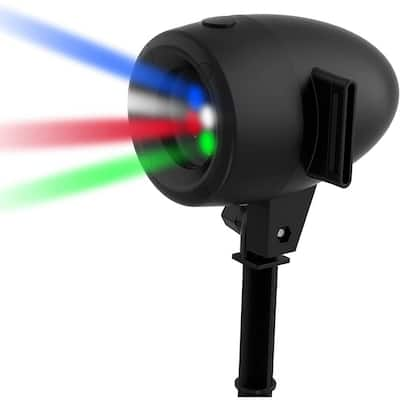

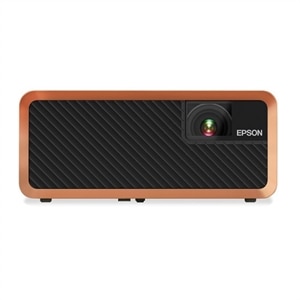

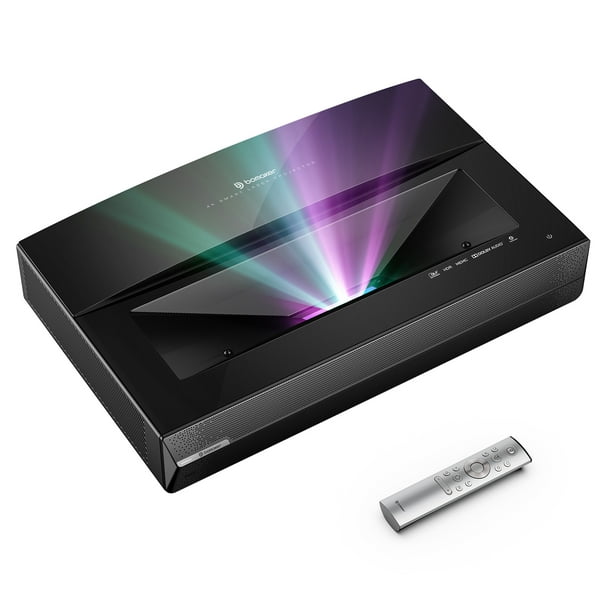





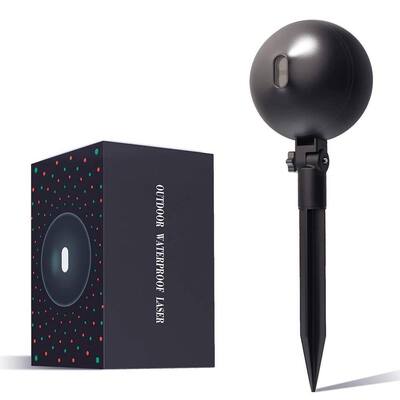
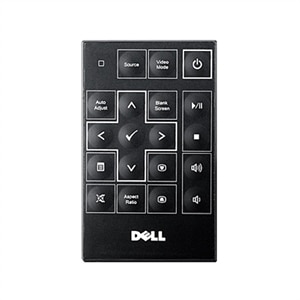
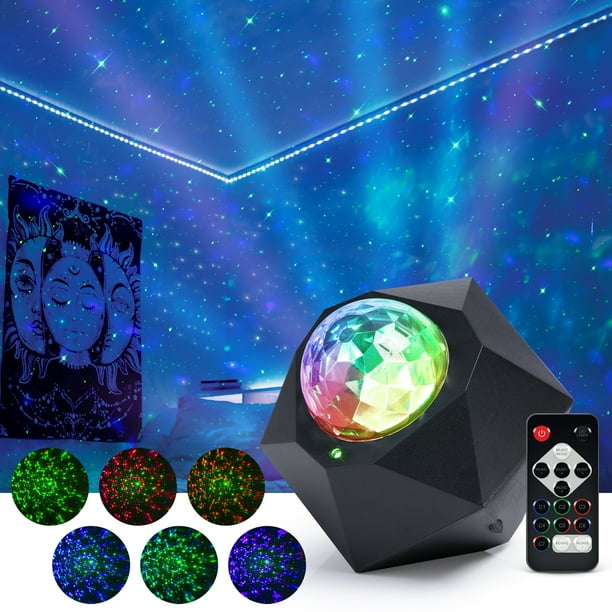
Comments
Post a Comment